On the first hand, solar power generation relies on sunlight irradiation to generate electricity, and the amount of electricity generated is proportional to the light intensity and time.
In our general understanding, it is easy to equate better sunlight with higher temperatures. Therefore, there is a judgment that the higher the temperature, the higher the PV power station will generate more power, which is not true. It cannot be denied that the sun's light is one of the factors causing the temperature change of a place, but it is not the direct factor.
By air temperature we usually mean the temperature of the air near the surface that we are most closely related to. Weather are so as to shelters inside 1.5 meters high above the ground temperature as the standard. The temperature depends first on the heat budget. If the income of heat exceeds the expenditure, the temperature rises; if not, it falls. When the income from heat exceeds the expenditure, the surplus heat is used to increase the temperature. The maximum temperature occurs when the accumulated value of excess heat reaches the maximum.
What is different from our common understanding is that the heat of the air layer near the ground (the temperature we feel) is mainly from the ground radiation, followed by solar radiation, and the energy source of the ground radiation depends on solar radiation. At the same time, the horizontal distribution of air temperature is not only affected by the above radiation budget, but also by the sea and land distribution, topographic relief, atmospheric circulation and ocean currents.
It can be seen from the above analysis that the temperature we usually feel is not directly derived from the sun's light, but also influenced by many factors. Therefore, we cannot say that higher temperature is the same as better sunlight, and we cannot say that the higher the temperature, the higher the photovoltaic power generation.
Second, we can analyze the relationship between temperature and component power generation from a technical point of view.
The open-circuit voltage of a single solar cell decreases with the increase of temperature. As can be seen from the table of technical parameters and characteristics of the module, the voltage and temperature coefficient is -0.33%/Ōäā, that is, the open-circuit voltage of the single solar cell with 60 modules decreases by 120 ~ 125mV for every 1Ōäā increase in temperature. At the same time, the short-circuit current of solar cells increases with the increase of temperature. The peak power of solar cells decreases with the increase of temperature (directly affecting the efficiency), that is, the peak power loss rate of solar cells is about 0.41% for every 1Ōäā increase of temperature.
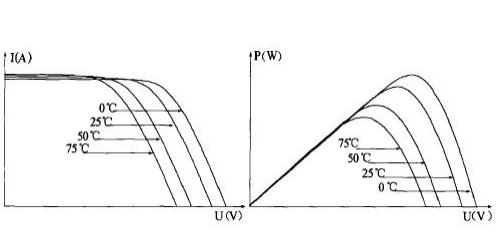
Thus it can be seen that the temperature's influence on the photovoltaic modules and even the whole power plant should not be neglected, in the actual power plant operation, we can feel the summer temperatures can be as high as 30 to 40 Ōäā, the components of the measured temperature on the back are often up to 70 degrees Celsius, the temperature of the battery in the actual component is close to 100 degrees Celsius, the peak power will be greatly reduced, That means less power generation.
Therefore, taking the above two aspects into consideration, we can say that the photovoltaic power output is not necessarily the maximum when the light intensity is the maximum, influenced by the factors of light and temperature.





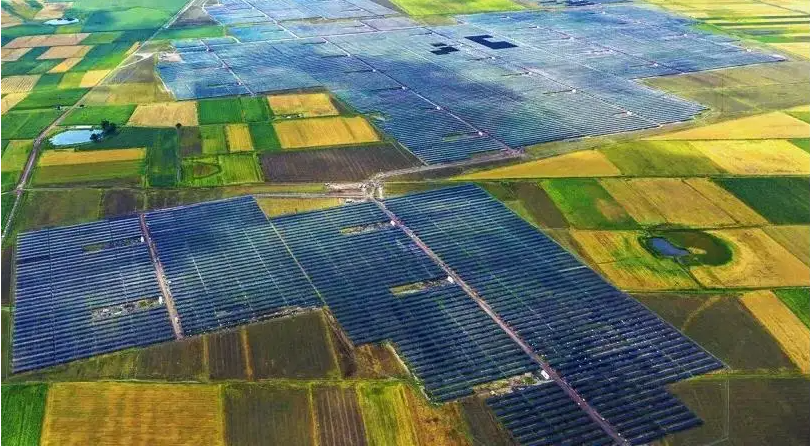
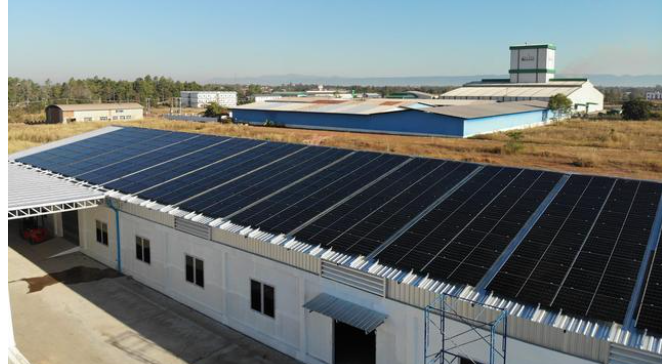
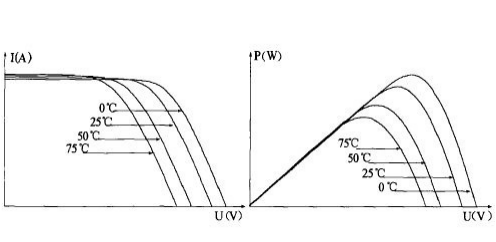
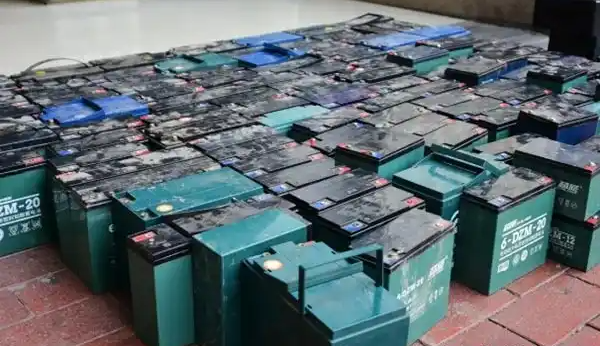
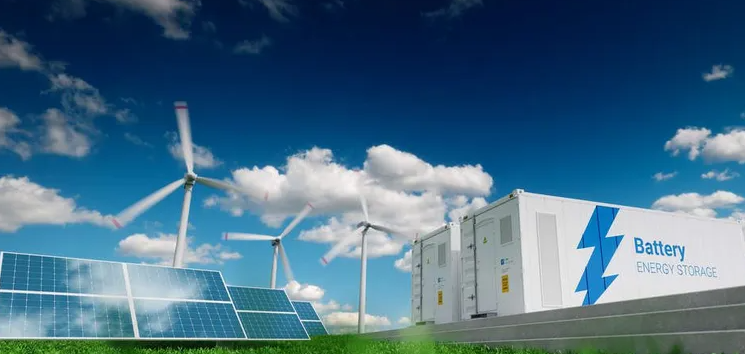
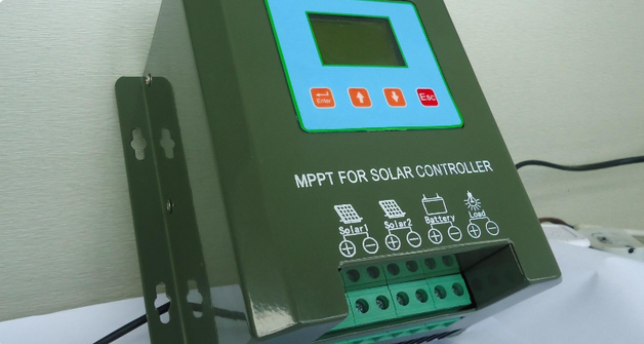
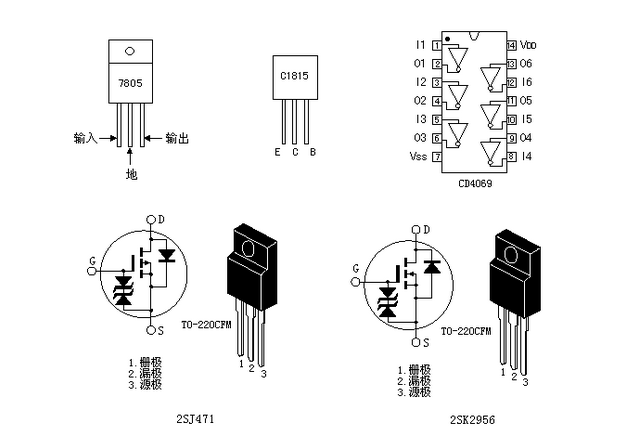
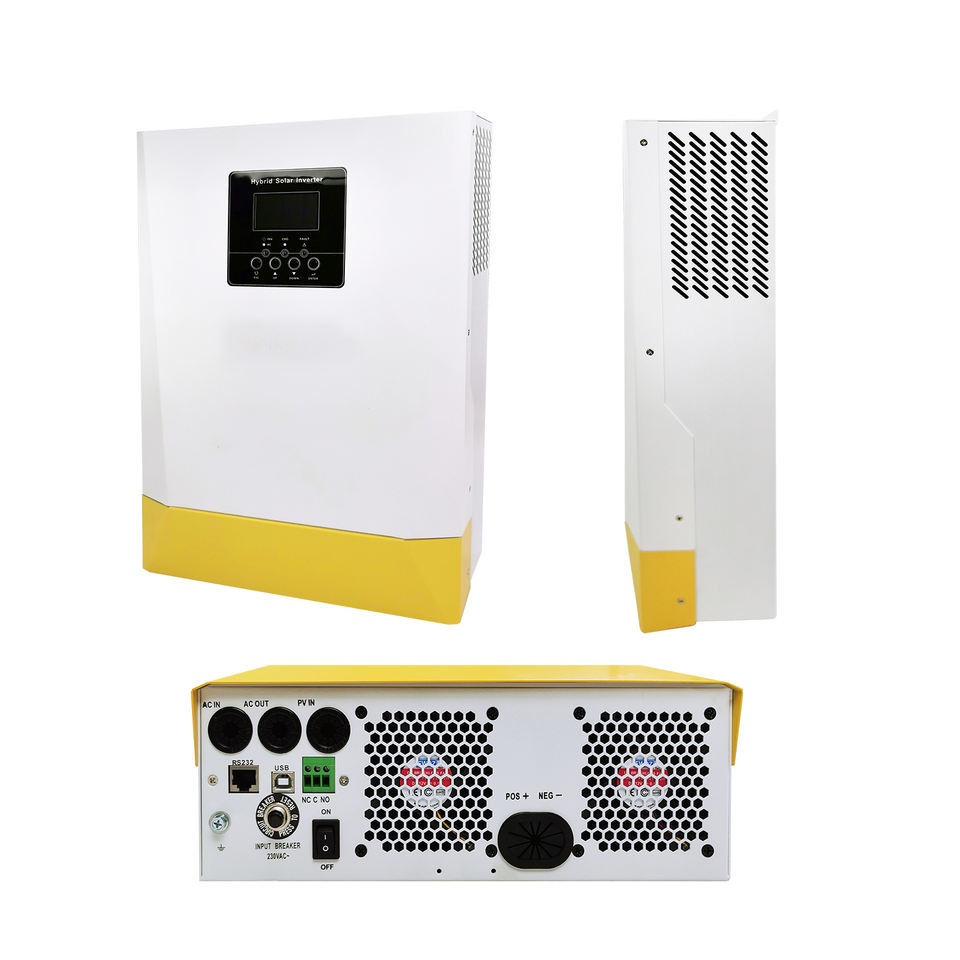
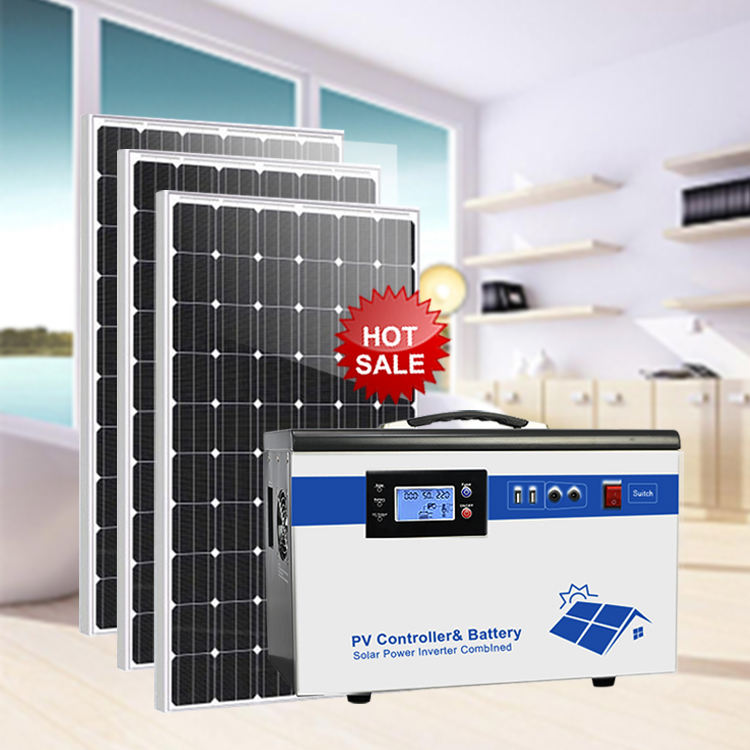
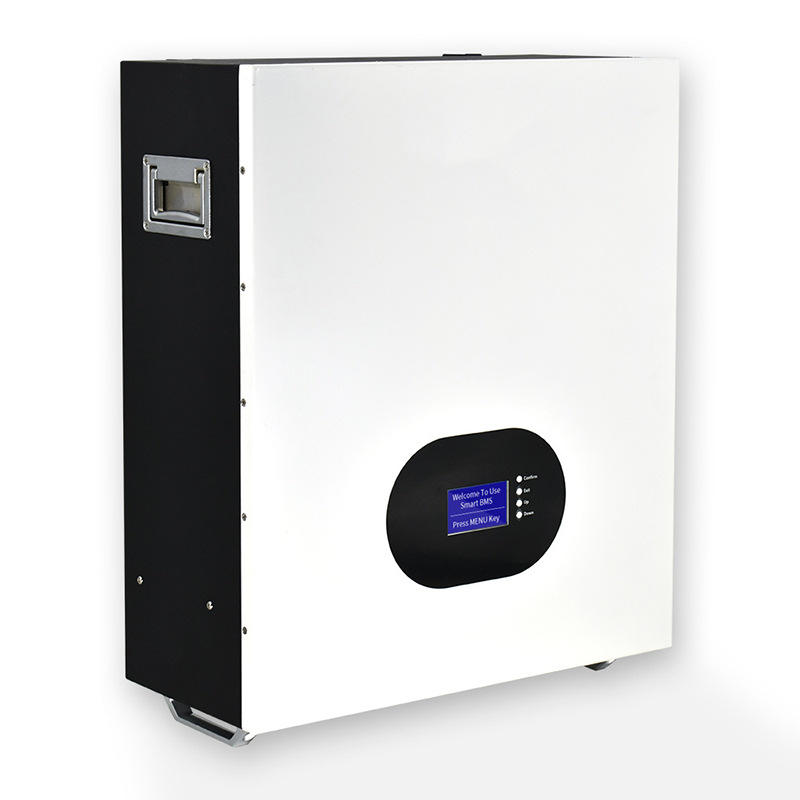
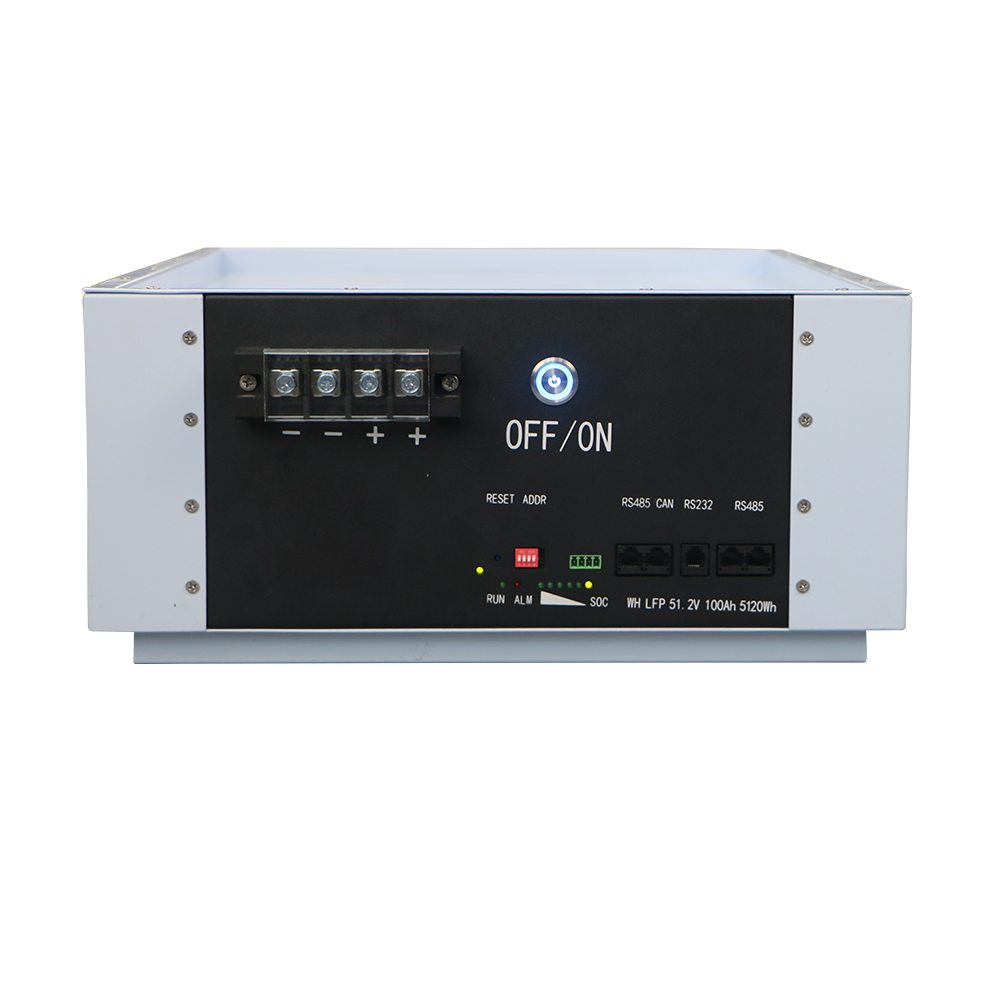
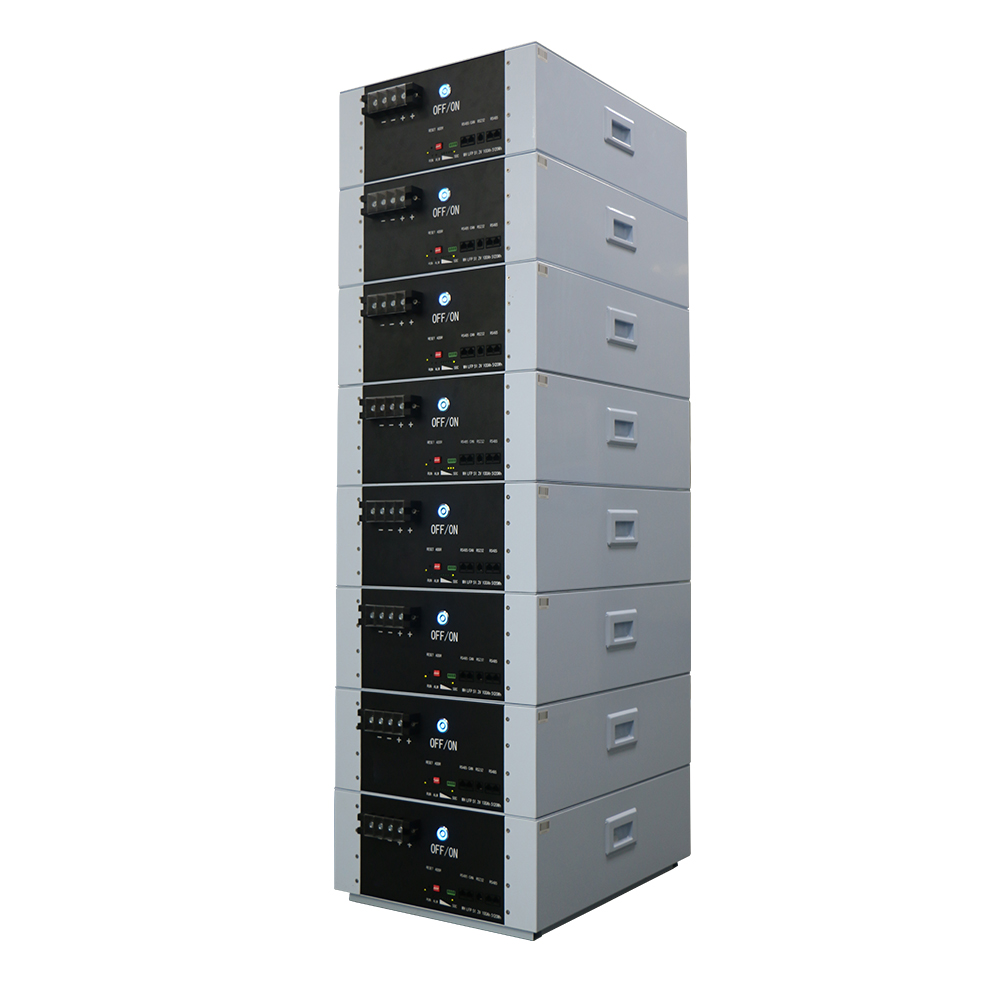

 lankecms
lankecms
 Lankecms
Lankecms
